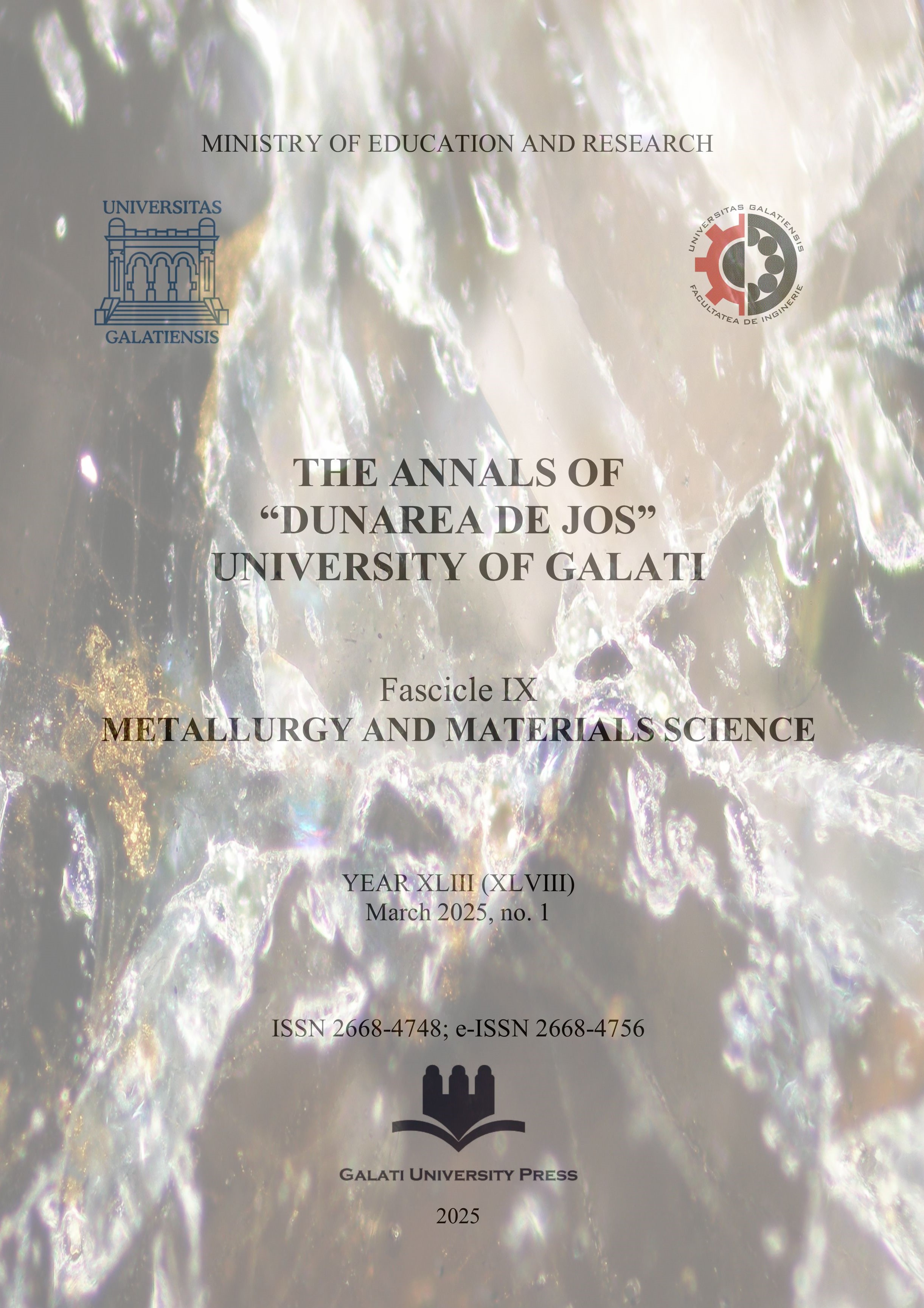Evaluating the Sustainability of Municipal Waste Management in Romania
Abstract
The study examines the municipal waste generation per capita trends in Romania from 1995 to 2022 compared to other EU countries using Eurostat data. The analysis divides the period into pre-accession (1995-2008) and post-accession (2008-2022) phases. In the first period, Romania maintained a low and stable waste generation rate, below 300 kg per capita yearly, due to low consumption, incomplete waste collection, and limited waste management capacity. After joining the EU, there was a slight increase in waste generation with improved data reporting and infrastructure, but Romania still had one of the lowest waste generation rates in the EU. Challenges remained in waste monitoring, rural collection, and public awareness. By contrasting Romania's data with high waste generating countries like Denmark and Germany, the study suggests that factors like waste monitoring and public awareness contribute to lower waste per capita figures.
Downloads
References
[2]. ***, Municipal waste statistics, https://ec.europa.eu/eurostat/statistics-explained/index.php/Municipal_waste_statistics, Eurostat, 2023.
[3]. ***, What a Waste 2.0: A Global Snapshot of Solid Waste Management to 2050, World Bank, https://datatopics.worldbank.org/what-a-waste/, 2018.
[4]. ***, National Institute of Statistics, INSSE, https://insse.ro/cms/.
[5]. ***, Waste management in Europe, https://www.eea.europa.eu/en/analysis/indicators/waste-recycling-in-europe, European Environment Agency (EEA), 2024.
[6]. ***, Environment at a Glance, https://www.oecd.org/environment/environment-at-a-glance/, OECD, 2022.
[7]. ***, Directive 2008/98/EC of the European Parliament and of the Council on waste, https://eur-lex.europa.eu/legal-content/EN/TXT/?uri=CELEX%3A32008L0098.



